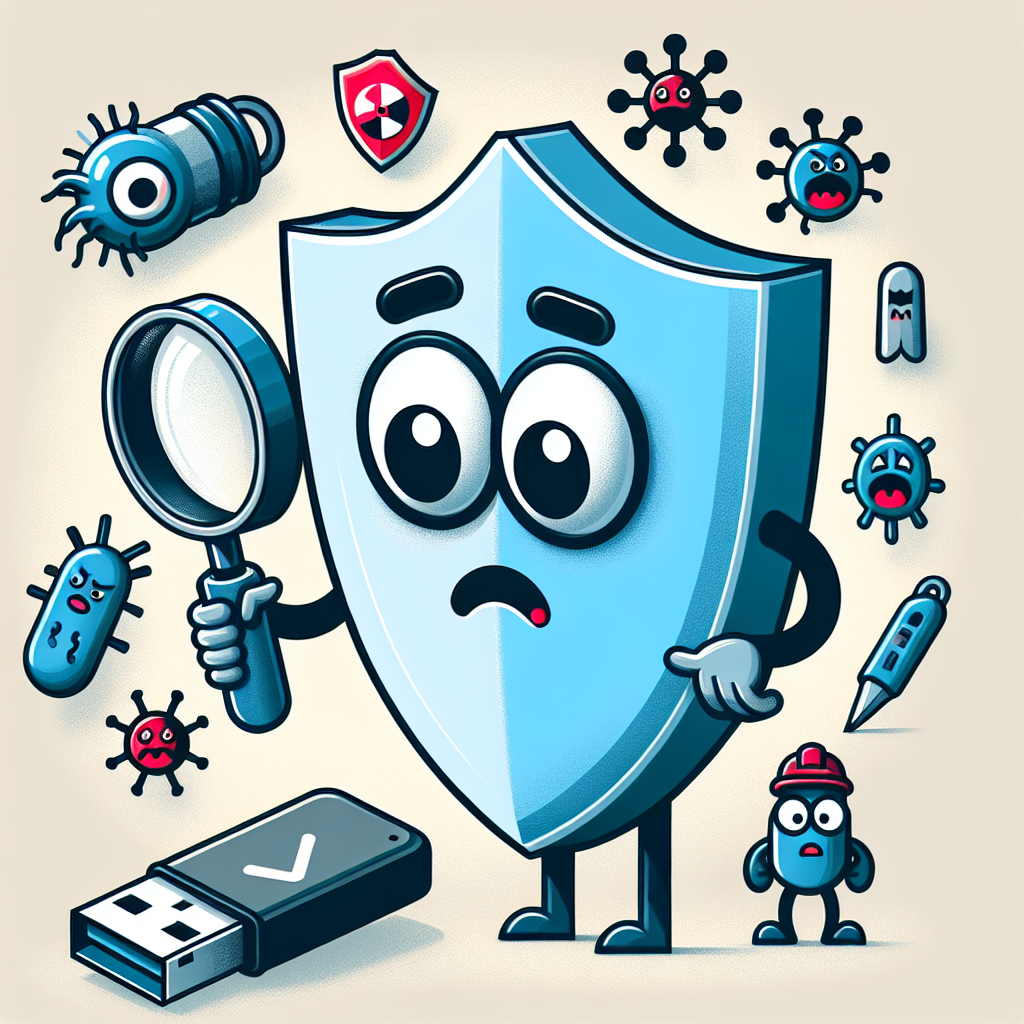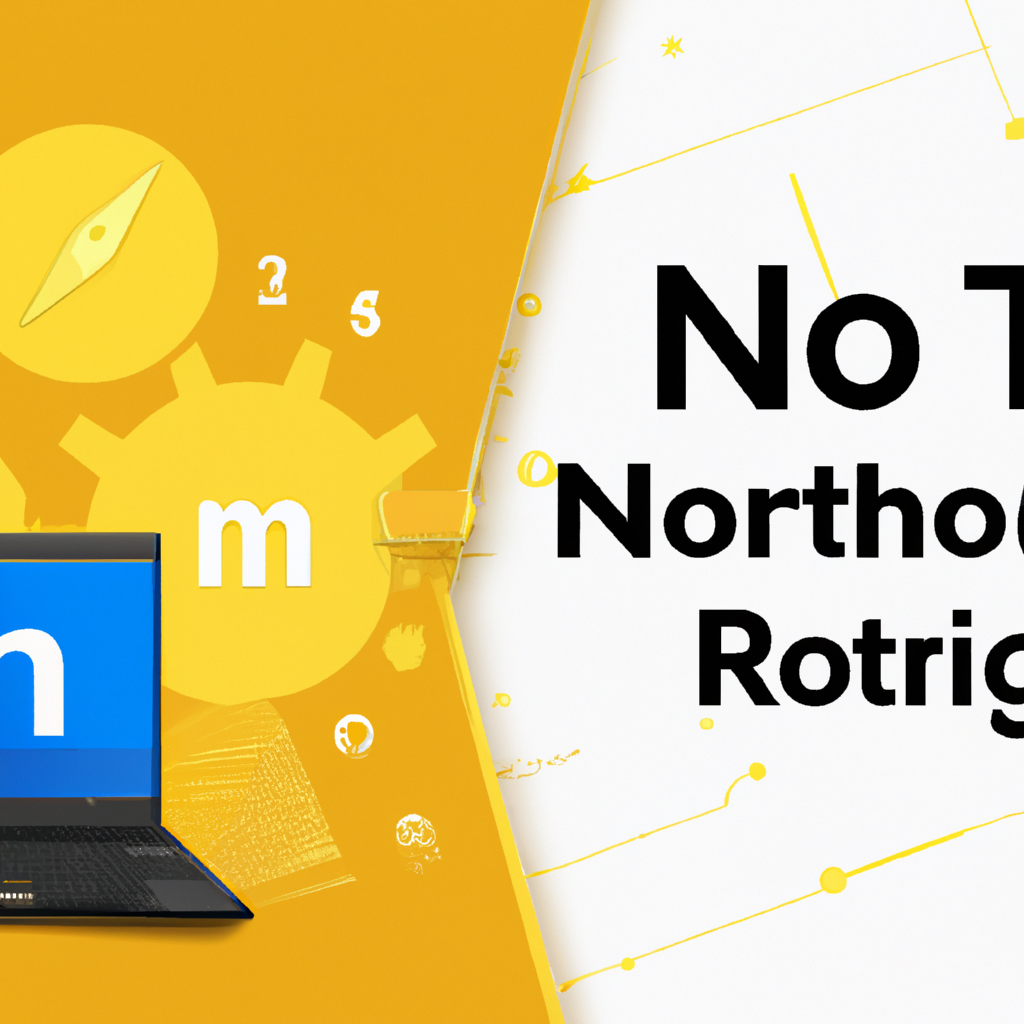Norton Not Detecting Malware on USB Drive: Step-by-Step Fix Guide
USB drives are widely used for transferring files, but they can also be carriers of malware and viruses. Many users rely on Norton Antivirus to keep their computers safe, but sometimes Norton may not detect malware on a USB drive. This guide explains why this happens and outlines effective solutions to ensure your USB storage is fully protected against threats.
Why Isn’t Norton Detecting Malware on My USB Drive?
There are several reasons why Norton Antivirus might not detect malware on your USB device:
- Outdated virus definitions: Norton relies on updated databases to identify new threats. If your definitions are old, new malware may go unnoticed.
- Real-time scanning is disabled: If this feature is off, malware can slip through when you plug in a USB drive.
- Scan settings: Norton’s settings may not include external drives in routine scans.
- Malware evasion: Some USB malware hides itself using advanced techniques not covered by default scans.
How to Fix Norton Not Detecting Malware on USB Drive
-
Update Norton’s Virus Definitions
Open Norton, go to Security > LiveUpdate, and run the update. This ensures Norton can recognize the latest malware threats, including those targeting USB drives.
-
Enable Real-Time Protection
Navigate to Settings > Antivirus > Automatic Protection. Make sure all real-time protection options are turned on to scan devices the moment they’re connected.
-
Manually Scan Your USB Drive
Insert your USB drive, open Norton, select Custom Scan, and specifically choose the USB drive letter. Click Scan Now to perform a deep scan of all files and folders.
-
Adjust Norton Scan Settings
Go to Settings > Antivirus > Scans and Risks. Enable options like Removable Media Scan and Auto-Protect for external drives. This ensures future USB scans are automatic.
-
Check for Software Conflicts
Sometimes, other security software prevents Norton from working properly. Temporarily disable or uninstall conflicting programs and try scanning again.
-
Run Norton Power Eraser
This advanced tool finds deeply hidden threats. Open Norton, go to Security > Tools > Norton Power Eraser, and follow the instructions to target your USB drive.
-
Reinstall Norton Antivirus
If problems persist, uninstall Norton completely, restart your computer, and reinstall the latest version. This can fix corrupted installations or settings.
Prevention: How to Stop USB Malware Infections
- Always scan USB drives before opening any files.
- Disable autorun on your operating system to prevent malware from executing automatically.
- Keep both your OS and Norton up to date for the latest security patches.
- Be cautious with unknown USB devices – avoid plugging in drives from untrusted sources.
- Educate users on safe USB practices in shared environments.
Frequently Asked Questions
- Can Norton remove viruses from USB drives?
- Yes, Norton can detect and remove most viruses and malware from USB drives, provided its virus definitions are up to date and real-time protection is enabled.
- What if Norton still doesn’t detect malware?
- Consider using additional malware removal tools or try scanning the USB drive on a different computer. If suspicious files persist, it may be safer to format the drive (after backing up non-infected data).
- How can I tell if my USB drive is infected?
- Look for unusual files, missing data, or strange behavior when plugging in the drive. If Norton or another scanner flags threats, take immediate action.
Related LSI Keywords
- usb malware protection
- norton usb scan not working
- removable drive virus removal
- how to scan usb for viruses with norton
- antivirus not detecting usb threats
- external storage malware detection
- fix norton not scanning usb
Conclusion
If Norton is not detecting malware on your USB drive, don’t panic. By updating your antivirus, checking settings, enabling real-time scanning, and following the steps above, you can effectively protect your computer and data from USB-borne threats. Stay proactive with regular scans and safe USB habits to minimize risks and keep your devices secure.



